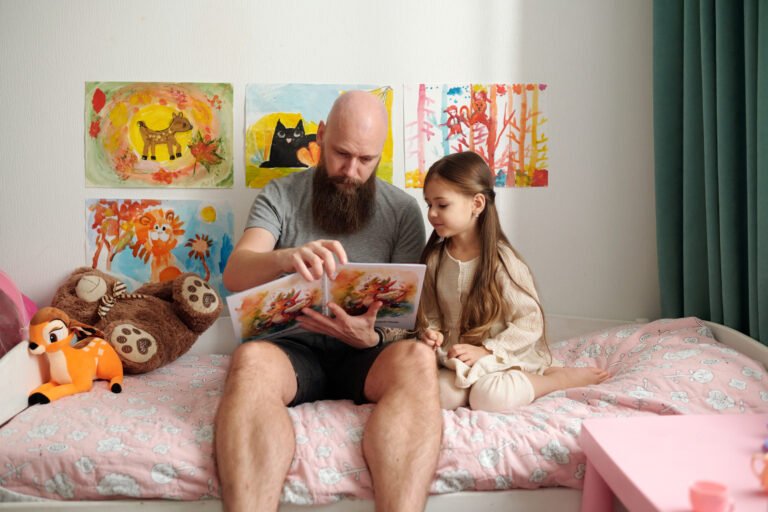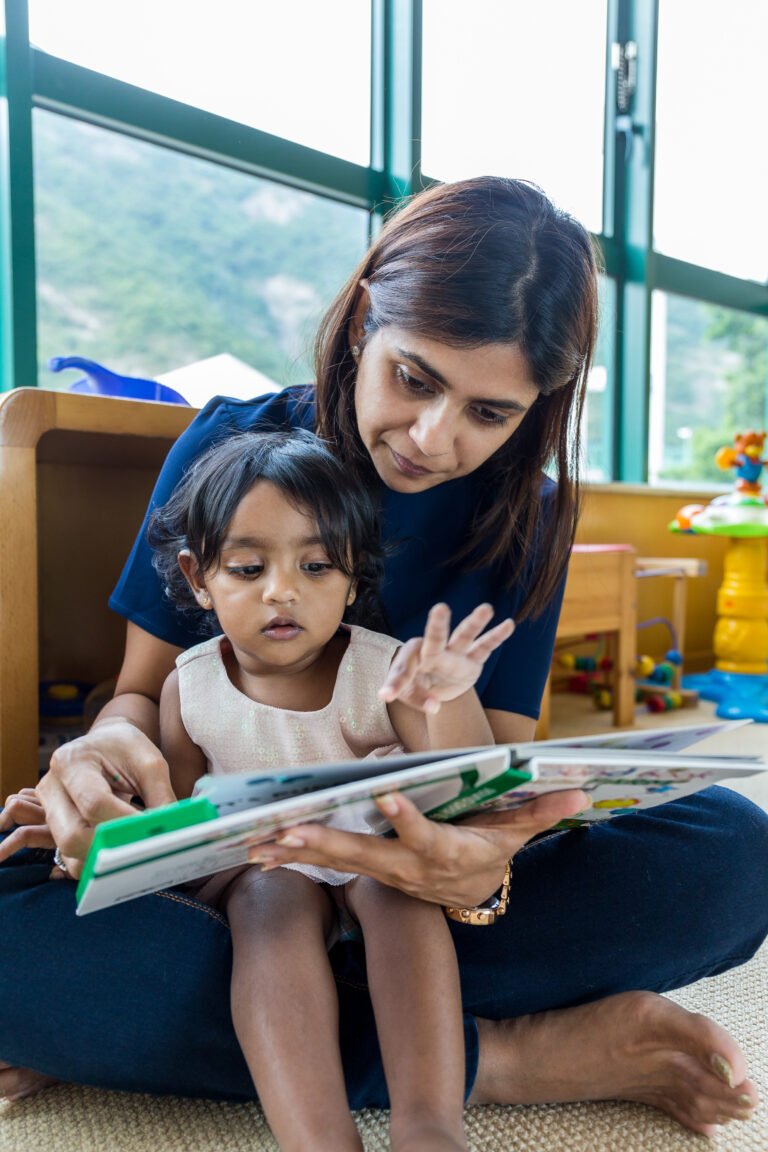How Do Picture Books Pack More Power Than Meets the Eye?
Picture books may look modest, yet every turn of a brightly illustrated page unleashes a burst of learning that can eclipse many longer texts. Long before children decode letters, vivid art primes their brains for language: matching pictures to sounds makes new words stick, so the leap to independent reading feels effortless. Colourful scenes double as emotional mirrors; a penguin’s puzzled frown or a fox’s sly grin helps youngsters recognise feelings and practise empathy without a lecture. Because the pace is child-controlled, picture books gently stretch attention spans, inviting kids to spot hidden jokes, predict twists, and connect tiny visual clues—early workouts for memory and critical thinking. Shared story time replaces blue-lit scrolling with warm laps, soft voices, and laughter, forging bonds that outlast bedtime.
Beyond these core strengths, picture books add layers of quiet power that often go unnoticed. Rhyming text and repeated sounds sharpen phonological awareness, the foundation of confident spelling and pronunciation. Counting spotted puppies, naming colours in a market scene, or tracking a caterpillar’s days introduces early numeracy and science facts without worksheets. Lift-the-flap pages, textures, or die-cuts engage fine-motor skills, turning reading into playful exploration. Because images speak across languages, a single title can unite multilingual families or help new learners gain footing in English. Picture books also open safe windows onto tricky topics—grief, diversity, climate—giving children language for big questions. In short, these slender volumes deliver literacy, empathy, focus, curiosity, and life skills in one portable package, and at Brain Chapters, we curate each title to ensure those benefits reach every young reader.

Picture books do more than charm the eye; they rewire growing brains. Neuroscientists using fMRI have shown that when adults name objects in an illustrated story, a child’s left‐hemisphere language network—the same circuits later used for fluent reading—lights up more vigorously than during screen viewing, priming phonological decoding long before formal schooling. Rich artwork also activates the brain’s ventral “what” pathway, which connects visual detail with word meaning, so vocabulary sticks faster and more deeply. Rhyming lines and repeated sounds strengthen auditory cortex timing, a skill linked in longitudinal studies to smoother spelling and comprehension in grade school. Even the act of turning pages delivers science-backed gains: fine-motor motion coordinates with the cerebellum, improving handwriting and tool use.
Still hungry? Here’s more

Why Does a Children’s Book Beat Every Toy in the Gift Box?
Skip the batteries—wrap a story instead. A children’s book unlocks endless adventures, stretches young imaginations, and becomes a keepsake of bedtime snuggles. Shared, re-read, and treasured, it’s the eco-friendly gift that turns every birthday or holiday into a lifelong love of reading.

What Superpowers does Reading unlock in Your Child?
Reading is one of the simplest gifts you can give a child, yet its impact
